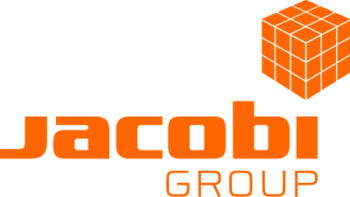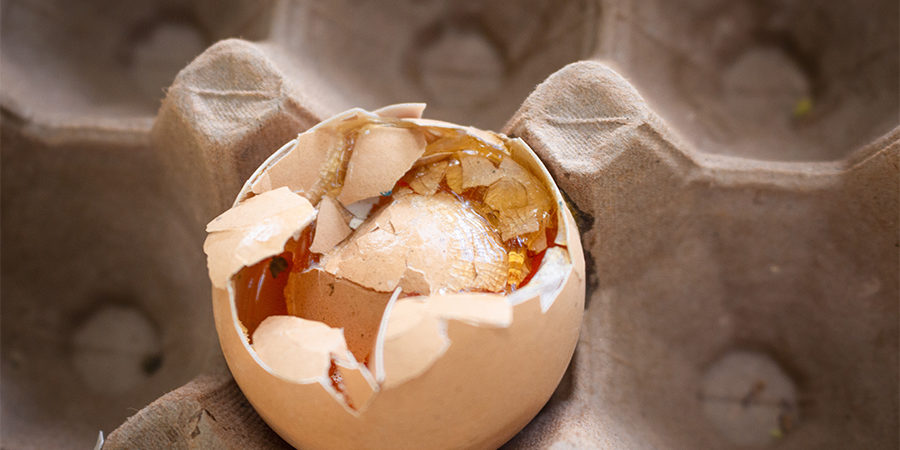The “rotten egg” odour in some water supplies is caused by sulphide in water. Sulphide can be treated using oxidation techniques, the goal being to convert the sulphide to high oxidation state species such as sulphate to eliminate the taste and odour concerns. Traditional oxidation techniques such as ozone and chlorine can be used but can be expensive due to the equipment required to add and monitor the oxidant. They can lead to by-products such as trihalomethanes (THMs), which are regulated in drinking water supplies. Activated carbon, a well-recognised technology for removal of various compounds from water, can be utilised to remove sulphide from water, without the need to add additional oxidant. Although not a traditional application for activated carbon, sulphide in water is removed by a carbon catalysed oxidation reaction, utilising dissolved oxygen in the water.
Does activated carbon remove hydrogen sulphide (H₂S) from water?
Standard activated carbons are not designed to remove sulphide from water since the removal mechanism is not the standard adsorption mechanism, rather the removal process is one of adsorption and subsequent oxidation of the sulphide to a higher oxidation state sulphur species. The use of AquaSorb™ CX-MCA is required to ensure efficient removal of the taste and odour causing reduced sulphur species. Sulphur can exist in many oxidation states and, therefore, the reaction chemistry is very complex, however some general reactions for the oxidation of sulphide can be written to explain some of the major reaction species:
S²¯ + O₂ + H₂O → S₈ + H₂SO₃ + H₂SO₄ +Sₓ (Where X is 2,3,…7)
The reaction product is determined by the amount of oxygen present which, in water, is limited due to the solubility of oxygen in water. Our application specialist can help to properly size an activated carbon system. The primary reaction products are elemental sulphur (S₈) and polysulfides (S₂₋₇) which, once formed, will remain within the carbon pore structure. Over time, these species can be further oxidised, although very slowly, to form sulphate, thus regenerating the carbon.


